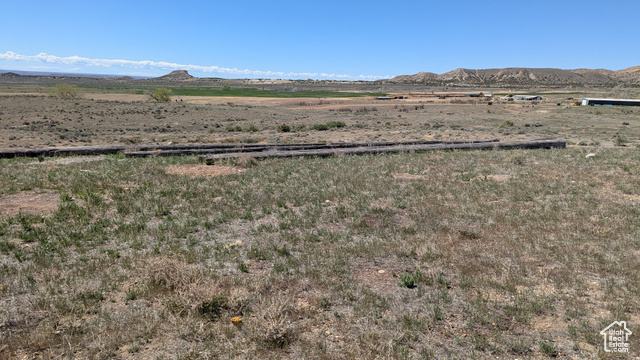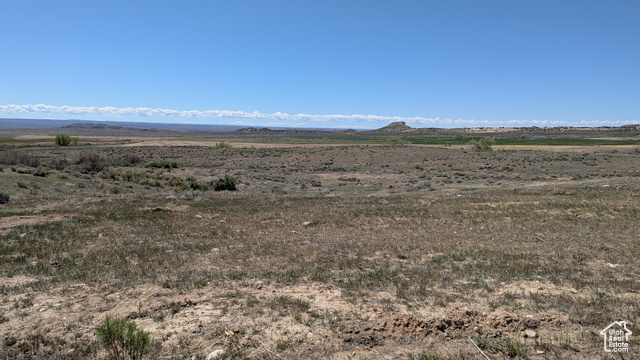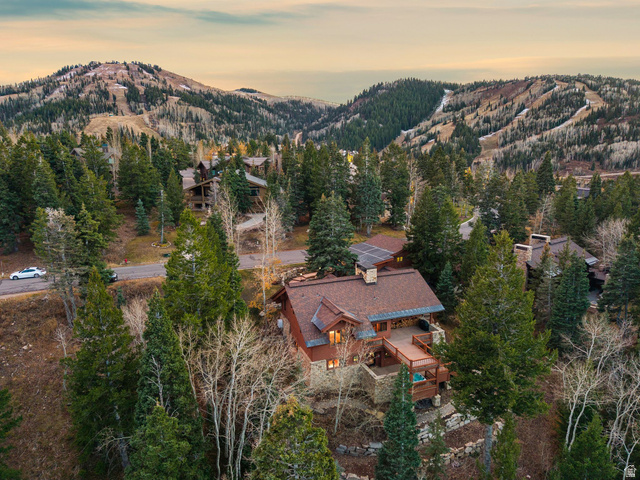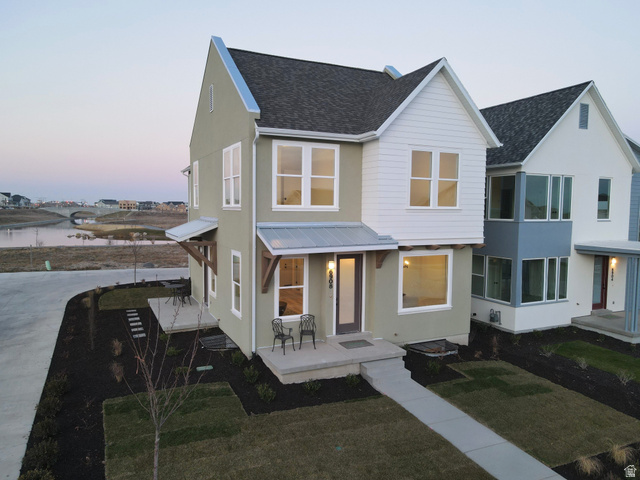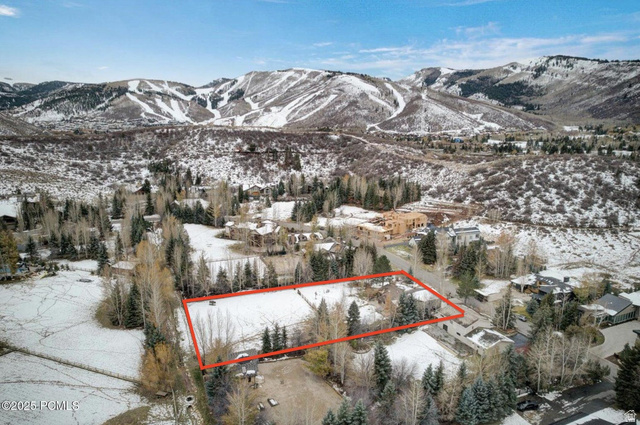Buying a home in Utah in 2026? Follow a practical plan: research neighborhoods, get loan preapproval, weigh new-construction incentives, confirm builder representation, and prioritize long-term stability.

Buying new construction in Utah offers modern layouts, energy-efficient systems, and neighborhoods built for today's lifestyles. However, the polished model homes and slick sales centers can hide recurring pitfalls that add thousands of dollars and months of stress. The following five mistakes are the most costly and most commonly overlooked by buyers across Utah. Each section explains the issue, why it matters in the Utah market, and practical ways to avoid it.
1. Assuming the yard is included and ready to use
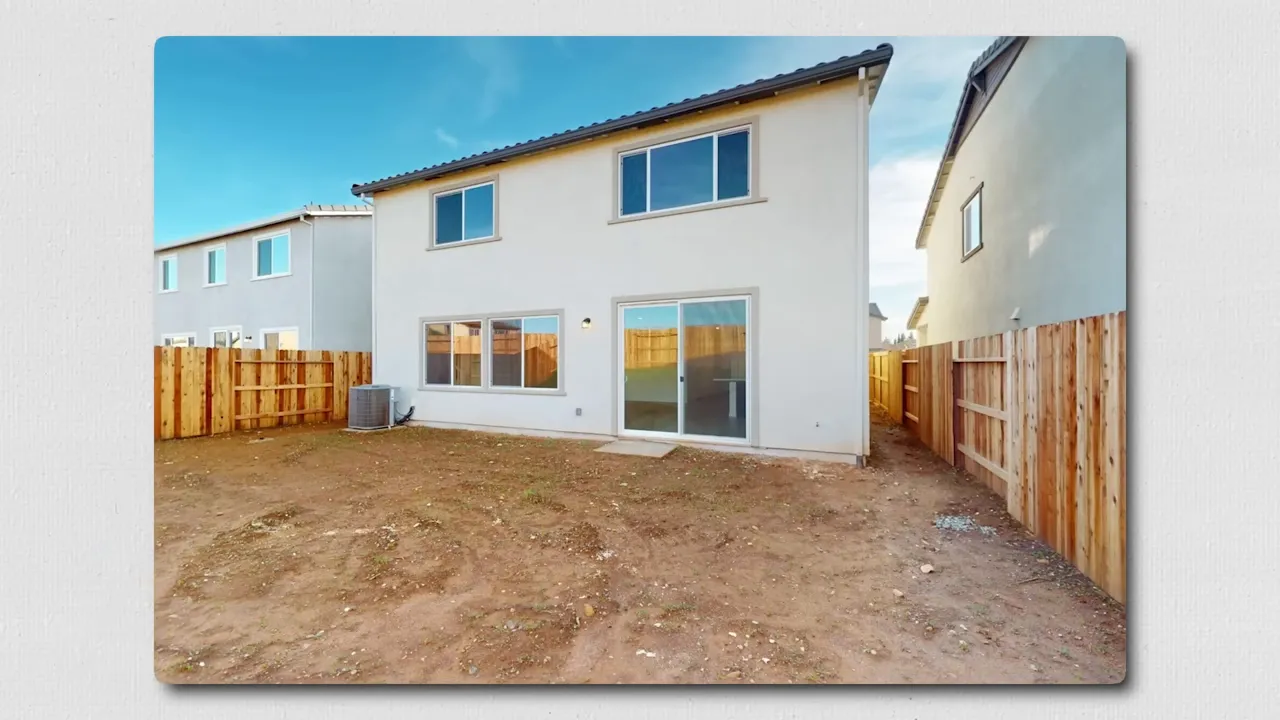
New homes in Utah frequently ship with minimal exterior finishes. Builders typically install grading and drainage, but finished landscaping, irrigation, patios, and turf are often buyer-paid upgrades. Homebuyers who budget only for the purchase price discover after closing that even a simple backyard build-out can exceed $10,000. Adding a gas fire pit, turf, or custom planting will push the price into the tens of thousands. Pools and major hardscaping are far more expensive.
How to avoid this: Factor landscaping into the total move-in cost when comparing properties. Request a written landscape scope and estimate from the builder and obtain at least one independent landscaping estimate before assuming the yard cost is negligible.
2. Missing the true value and mechanics of builder financing incentives
Builders often offer finance incentives to move inventory, and those incentives can materially reduce monthly payments. Common programs include temporary buy-downs (2-1 or 3-2-1 buy-downs), long-term reduced rates negotiated through a preferred lender, and flex credits that can be used for closing costs, upgrades, or rate buy-downs. For Utah buyers, these incentives help bridge affordability gaps in higher-price markets like Salt Lake City and St. George.
Example of a 3-2-1 buy-down: a home with a negotiated final rate of 4.99 percent might be structured so the first-year rate is 1.99 percent, the second-year rate 2.99 percent, and the third-year rate 3.99 percent. Compared to a prevailing market rate near 6.85 percent, that structure can save tens of thousands of dollars over the initial years — giving buyers breathing room until refinancing or alternative rates become available.
How to evaluate incentives: Confirm the final long-term rate, not just the teaser rate. Identify who pays the buy-down (builder, lender, or buyer), confirm whether incentive eligibility requires the builder's preferred lender, and request an amortization showing monthly principal and interest under both the promoted and prevailing rates.
3. Choosing the wrong phase: dirt lot, home under construction, or move-in ready
The stage of a new build greatly affects price, options, and incentives. Buying a dirt lot with selections still open allows complete customization but often carries the highest effective price because buyers add costly upgrades. A home under construction may permit a few selections and a faster timeline. Move-in ready homes are the most likely candidates for deep incentives because the builder has sunk the cost of construction and wants to convert finished inventory to cash.
Strategic advantage: The best leverage typically comes with completed homes. Builders are more motivated to reduce price, offer rate buy-downs, or throw in sizable flex credits on finished homes. For buyers seeking a bargain in Utah, focus on move-in ready inventory and consider timing offers around the builder's fiscal year end when management pressures to close books increase the chance of concessions.
4. Not using buyer representation at the sales office
Visiting a builder sales office unaccompanied can unintentionally forfeit the right to bring a buyer's agent into the transaction. In several markets, developers record initial buyer registrations and may decline to recognize outside representation if the buyer registers without an agent present. The result is dealing directly with a sales representative whose legal duty is to the builder, not the buyer.
Why representation matters: A dedicated buyer's agent negotiates price and contract terms, reviews disclosures and warranties, coordinates inspections, and protects buyer interests during closing. Utah buyers receive the same commission protections in many transactions, so attending a sales center with a buyer's agent provides advocacy without additional out-of-pocket commission expense.
More information about why buyer representation matters and how to select an agent is available in a focused guide on new-construction buying in Utah: https://bestutahrealestate.com/news/buying-new-construction-homes-in-utah-in-2025
5. Underestimating the ongoing cost of builder upgrades — property tax impact
Builder-selected upgrades increase the property's tax basis. When a buyer adds premium appliances, upgraded countertops, or structural options during the design phase, those costs become part of the purchase price for property tax calculation. In Utah, even a modest upgrade spend can increase annual property taxes by hundreds or more, depending on local rates.
Example: a $100,000 package of upgrades on a $500,000 base price creates a taxable basis of $600,000. At a 1 percent effective tax rate that is approximately $1,000 per year in additional property taxes. In areas with higher rates, the annual burden is larger. Also, many interior upgrades do not necessarily return their full cost in resale value, meaning higher taxes for improvements that may not appreciably increase market value.
How to control upgrade costs: Prioritize structural or energy-related upgrades that buyers value most and that can reduce operating costs. Obtain a clear itemized summary showing how each upgrade affects the sale price and request a local assessor valuation guideline if available. For buyers who want improvements without inflating the taxable basis at closing, consider completing discretionary upgrades after closing where feasible.
Practical checklist for Utah new-construction buyers
- Budget for landscaping and exterior work before comparing monthly carrying costs.
- Request a full incentive breakdown in writing: final rate, temporary buy-down schedule, lender requirements, and flex credit limitations.
- Target completed homes if the goal is to maximize builder concessions and lower out-of-pocket closing costs.
- Always bring or arrange buyer representation at the initial sales center visit to preserve negotiation leverage and legal advocacy.
- Ask how upgrades affect taxable basis and request scenarios showing annual tax changes for different upgrade packages.
Additional Utah resources
For a comprehensive walkthrough on new-construction inspections and the unique considerations in Utah, consult local guidance and the state resources at utah.gov. Local market reporting and trend analysis for Utah communities provide useful context for timing and pricing decisions. Deep-dive resources and checklists on financing, staging, and negotiating new-build contracts are available across the Utah real estate guides collection, including the practical guide at https://bestutahrealestate.com/news/buying-new-construction-homes-in-utah-in-2025
Final notes for Utah buyers
New construction delivers many benefits, but the initial shine of a model home can mask real expenses and decision points that affect cost, taxes, and long-term satisfaction. Thoughtful budgeting, strategic use of builder incentives, buying the right construction stage, and preserving buyer representation make a measurable difference. For local Utah buyers looking for targeted checklists and market-specific advice, the state resource hub and the new-construction guide at https://bestutahrealestate.com/news/buying-new-construction-homes-in-utah-in-2025 are excellent next steps.
Frequently Asked Questions
Do new homes in Utah typically include finished landscaping?
Most new homes include basic site work such as grading and drainage, but finished landscaping, irrigation, patios, and turf are commonly buyer-paid. Regional exceptions exist, but assuming a move-in ready yard risks underestimating overall costs.
How do temporary mortgage buy-downs work and are they worth it?
Temporary buy-downs reduce the borrower rate for a defined period, often with the builder or preferred lender covering the cost. They can create significant near-term cashflow relief and are especially valuable in higher-rate environments, but buyers should review the final long-term rate and who controls eligibility.
Can a builder refuse to work with a buyer's agent?
Some builders record initial registrations and may not permit representation later if a buyer visited the sales office alone. To prevent this, buyers should attend the first meeting with their agent or register through the agent to protect representation rights.
Will selecting upgrades at the design center increase property taxes?
Yes. Upgrades chosen through the builder are added to the purchase price and typically increase the taxable basis. Buyers should request an itemized upgrade list, estimate the tax impact, and weigh whether the upgrade's long-term value justifies higher annual taxes.

